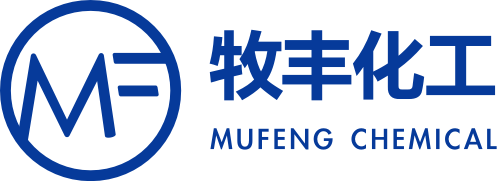Understanding the 12 Major Application Fields of Titanium Dioxide Material in One Article
Titanium dioxide (TiO2), a versatile amphoteric oxide, exists naturally in rutile, anatase, and brookite forms. Widely employed in coatings, textiles, cosmetics, paper, plastics, rubber, and food industries, TiO2 boasts high whiteness, potent coloring, exceptional covering, chemical stability, non-toxicity, and eco-friendly traits. Notably, its applications include enhancing pigments and coatings, opacifying textiles, safeguarding against UV radiation in cosmetics, improving paper properties, fortifying plastic products, serving as a crucial ink pigment, enhancing rubber properties, contributing to food preservation, exhibiting antibacterial properties in medical applications, playing a role in battery production, facilitating hydrogen production, and being essential in electronic ceramics. TiO2's broad applications underscore its significance across diverse industries.
Titanium dioxide (TiO2) is a white solid or powdery substance, classified as an amphoteric oxide, and naturally exists in three crystal forms: rutile, anatase, and brookite. TiO2 is widely used in industries such as coatings, textiles, cosmetics, paper, plastics, rubber, and food due to its advantages of high whiteness, strong coloring power, excellent covering ability, chemical stability, non-toxicity, and non-polluting properties.
1. Application in Pigments and Coatings:
TiO2, as a pigment, has a high refractive index, strong tinting strength, large covering power, good dispersion, excellent whiteness, and stability. It is extensively used in coatings, providing color enhancement, brightness, and improved product quality.
In applications like latex paint, coil coatings, ink, and automotive paint, TiO2 is commonly utilized.
2. Application in Textiles and Fibers:
In the textile and fiber industry, rutile-type TiO2 is often used for its light-scattering properties, providing opacification. Adding 0.2% to 0.5% TiO2 to synthetic fibers achieves excellent opacification effects.
3. Application in Cosmetics:
TiO2 can absorb, reflect, and scatter ultraviolet rays, making it useful in cosmetics for its potential to protect against UV radiation. Nanoscale TiO2, after surface modification, is commonly used in cosmetic applications.
4. Application in the Paper Industry:
TiO2 is the third-largest consumer in the paper industry, used in decorative paper, bible paper, and banknotes. Paper containing TiO2 has high whiteness, strength, gloss, smoothness, and improved printability compared to alternatives like calcium carbonate.
5. Application in the Plastic Industry:
The plastic industry is the second-largest consumer of TiO2, benefiting from its high covering power and other pigment properties. TiO2 enhances the heat resistance, light resistance, weather resistance, mechanical properties, and electrical properties of plastic products.
6. Application in the Ink Industry:
TiO2 is an indispensable white pigment in the ink industry due to its excellent characteristics such as high whiteness, fine particle size, high refractive index, and good physical and chemical stability. It is commonly used in various color ink formulations.
7. Application in the Rubber Industry:
In the rubber industry, TiO2 serves as both a coloring agent and a filler, providing anti-aging, acid-alkali resistance, and reinforcement properties. Adding TiO2 to white and light-colored rubber products results in slow aging, high strength, no cracking, no fading, and high stretchability.
8. Application in the Food Industry:
Nanoscale TiO2 in food packaging materials can improve food storage quality and contribute to food preservation.
9. Application in Medical and Health Fields:
TiO2 photocatalytic materials can destroy bacterial cell walls and membranes, serving as an antibacterial and disinfectant. Nano-TiO2 can decompose pathogenic bacteria and endotoxins, making it valuable in hospital environments.
10. Application in Battery Production:
TiO2 is utilized in the production of dye-sensitized solar cells (DSSCs) and as a component in electrodes for lithium-ion batteries and sodium-ion batteries.
11. Application in Hydrogen Production:
TiO2 photocatalytic materials have significant potential in hydrogen production by reducing the activation energy required for water decomposition.
12. Application in the Electronics Industry:
In the electronics industry, TiO2 is crucial for manufacturing electronic ceramics used in ceramic capacitors, piezoelectric ceramics, transparent electroluminescent ceramics, and other electronic components.
This comprehensive range of applications highlights the versatility and importance of TiO2 in various industries.


